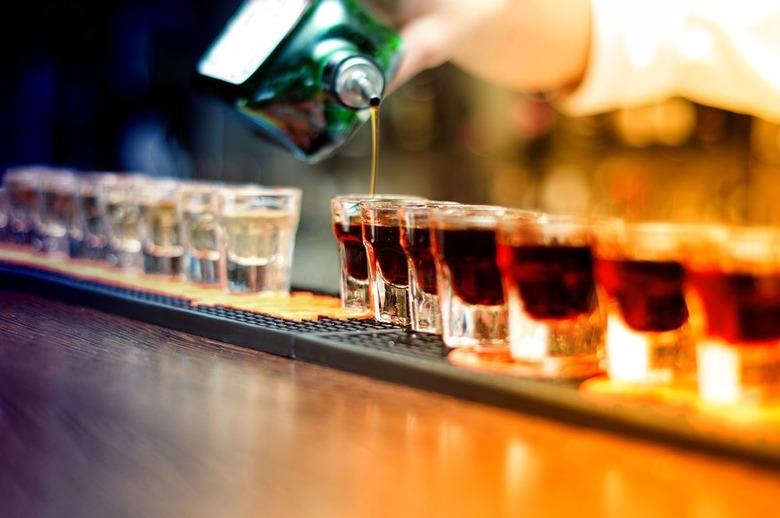Binge Drinking Whets Our Appetite For Criminal Behavior, Study Finds
People who regularly engage in binge drinking are up to 30 percent more likely than other drinkers to commit crimes or engage in antisocial behavior, according to a review of a decade's worth of drug consumption data.
Using data from the Australian National Drug Strategy Household Survey, which measures the drug use of 106,193 Australian civilians aged 12 and older, researchers at Monash University found that people who binge drink — defined as five drinks or more per sitting for women, and seven drinks or more for men — were more likely to have been responsible for "a high incidence of vehicle crashes, crime, and violence."
According to the data, at least nine percent of the population of Australia qualified as frequent binge drinkers, defined as binge drinking at least once per week.
Binge drinking was associated with a 17 percent increase in the rate of drunk-driving, leading to both fatal and nonfatal car accidents; an 11.8 percent increase in physical abuse; and a 4.2 percent increase in crimes like theft, damaging property, or creating a public disturbance. Such behaviors also lead to higher costs of law enforcement and reduced participation in the workforce and overall economy of a country.
While teenagers and young drinkers were the most likely to engage in physical abuse, theft, or create a public disturbance as a result of binge drinking, Australians aged 20 to 49 were the most likely age group to drink and drive. Beer and premixed spirits in cans, both around five percent alcohol by volume, were found to have the strongest links to all four types of negative behavior, researchers found.
To combat the effect of binge drinking on behavior, the researchers suggest a one percent increase in the price index of alcohol.
"As expected, the marginal effect of price is negative and statistically significant," the study noted. A single percent increase would not only reduce binge drinking itself, but also reduce drunk driving by an estimated 24 percent, public disturbances by 18 percent, and physical and verbal abuse by 34 percent.
